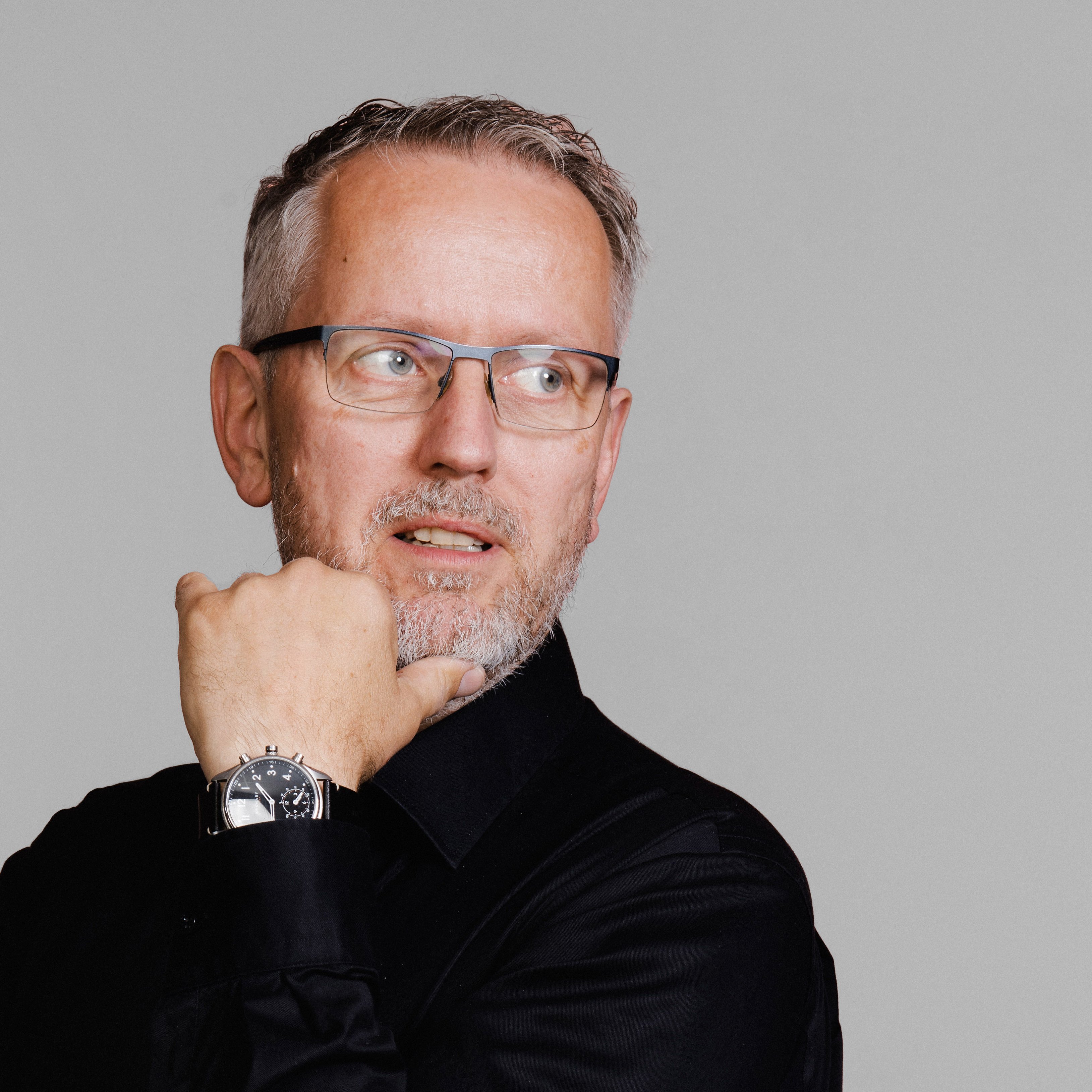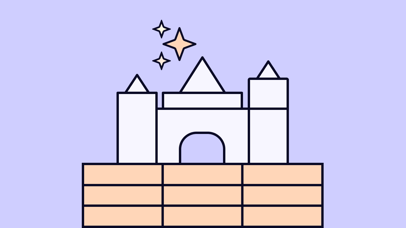Coming back to social life
I have for most of the days, hours and minutes since 12th March 2020 stayed at home. Working, playing, reading, watched too many tv-shows, read a couple of books and so on…
A few weeks ago the time was ripe to open up and get out there again. I had a chance to see my colleagues again by arranging an internal seminar on UX-topics. People where not difficult to invite and we had a great turn up for the seminar and dinner. Even for the mandatory beer after dinner we where still counting a lot of people. But what occupied me the most that day was getting to the event.
“Getting myself to this event was quite a journey. Not physically but mentally.”
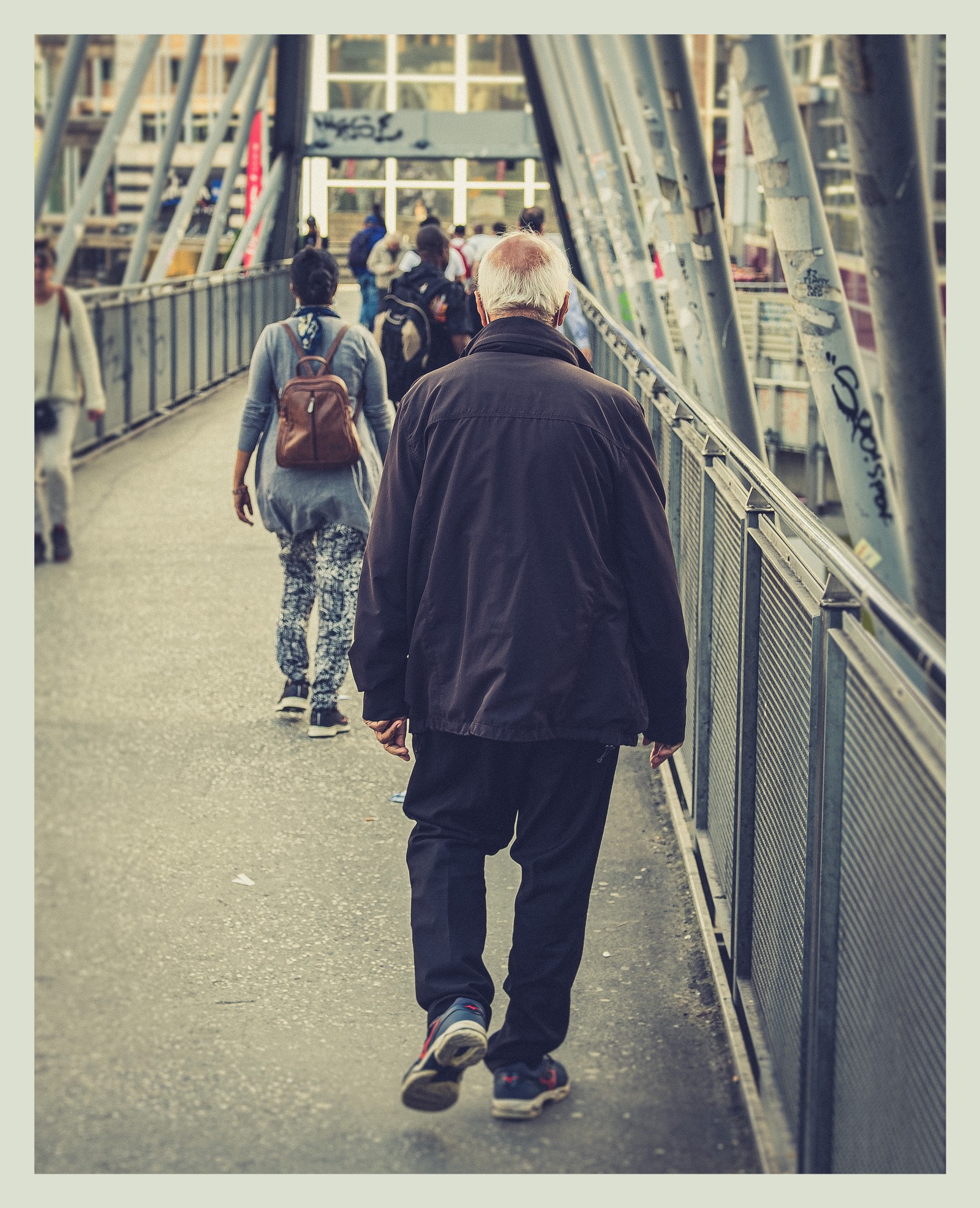 The mental distance of a journey can be vastly greater then the physical distance covered.
The mental distance of a journey can be vastly greater then the physical distance covered.
The preparation for the seminar didn’t deviate from how it used to be before Corona. Finding a date that suits everybody, finding someone to speak about a topic, buying snacks and drinks (thank you Thomas). The hardest part this time was getting a table at a nearby restaurant. Seems like every company in Oslo was taking their employees out for dinner (again, thank you Thomas).
The journey to work this day started with a train ride in to the city centre. As a (former) commuter I’m used to stuffed train cabins filled with the “fragrances of summer”. Seeing empty cabins or just a few people sitting as far away from each other as possible reinforced the conception we have about norwegians — we’re not that social to start with.
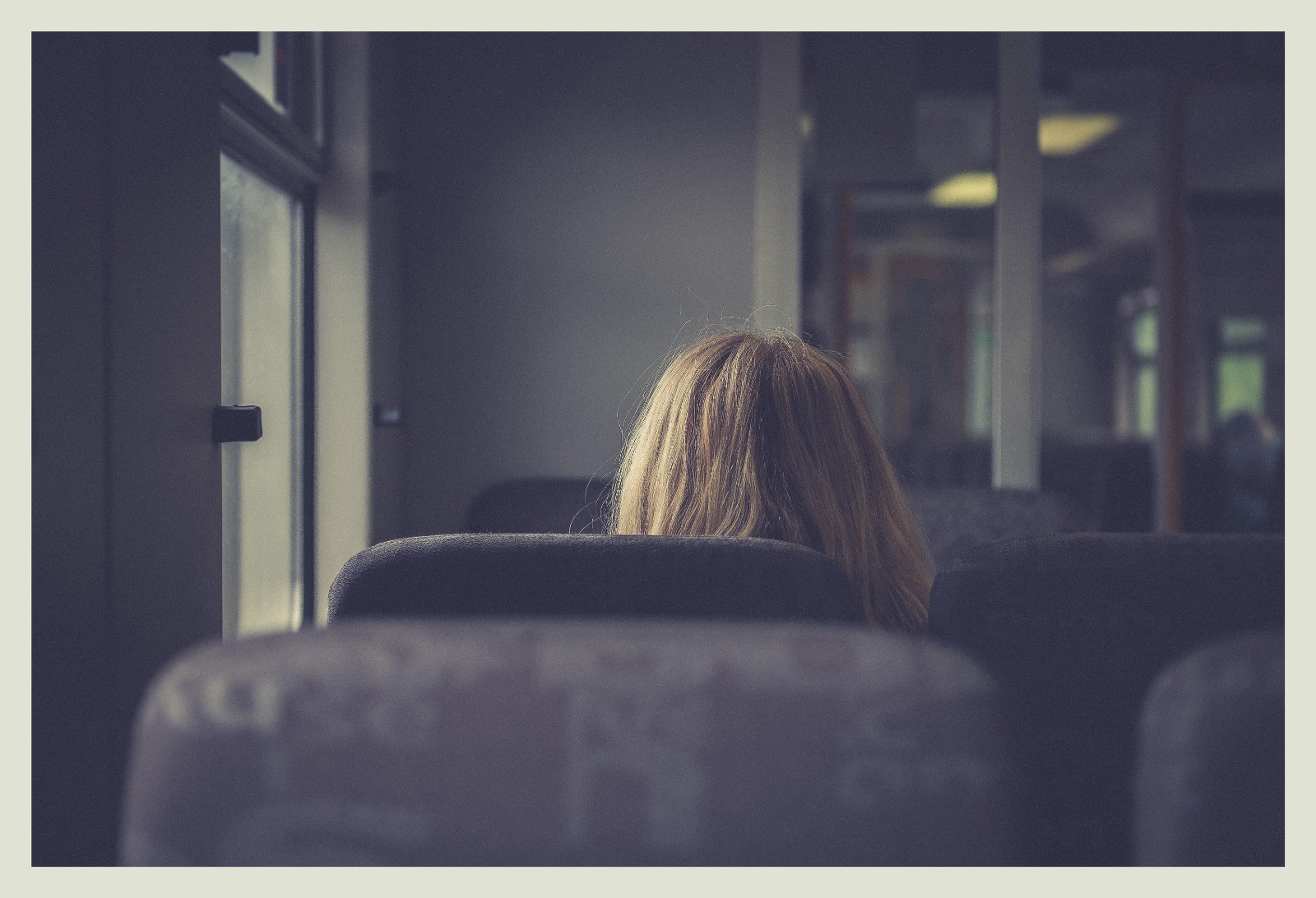 Physical distancing?
Physical distancing?
Then there is the whole face-mask deal. Apart from giving us astma-like breathing they conceal our faces or at least our expressions. The awkward smile given to people you nearly know is replaced with a awkward nod or a brief moment of eye contact. We’re transformed into the expressionless faces we draw on whiteboards to represent the typical users we want to design for. Reminding me of how important it is to actually get to know the users we are working to aid.
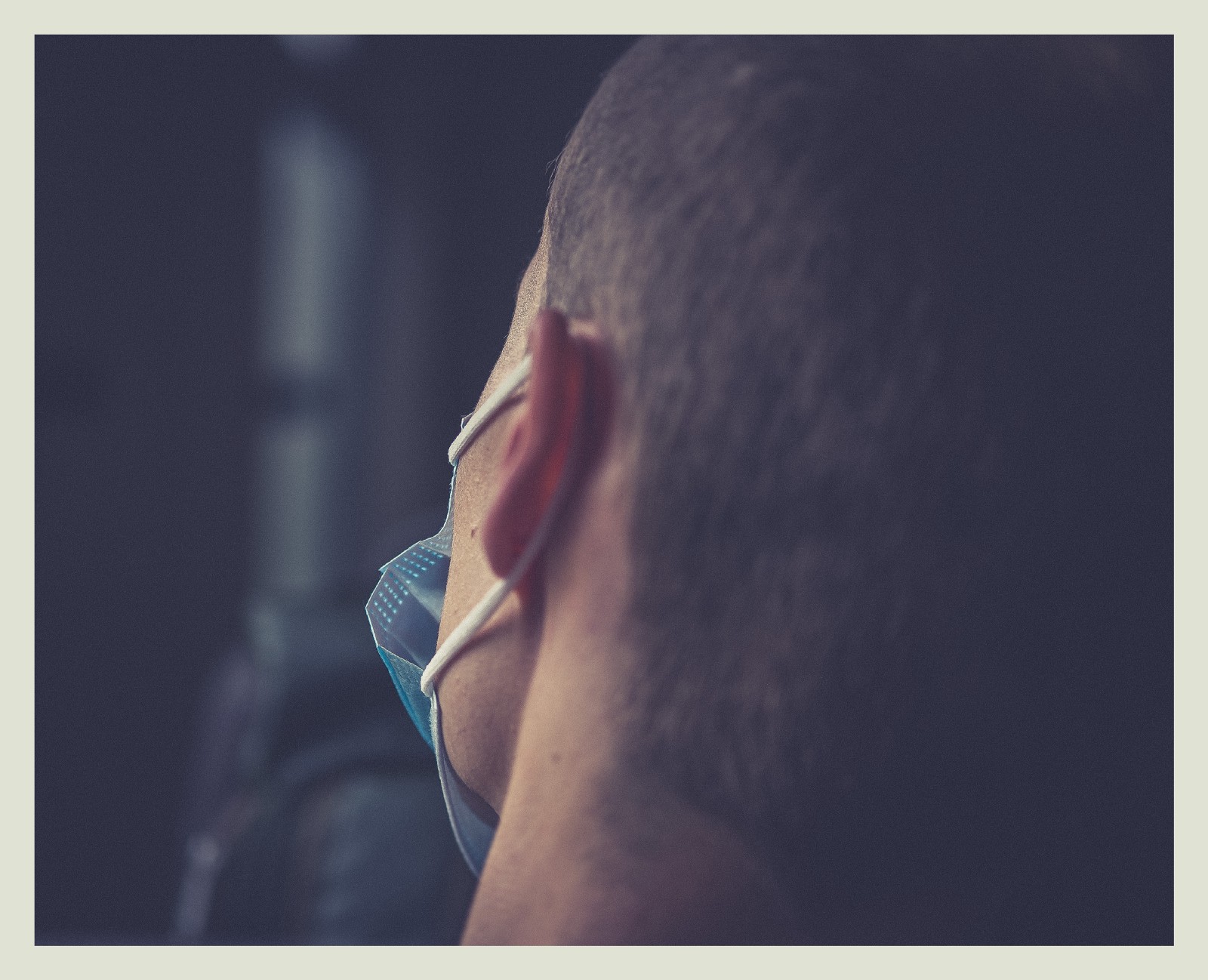 Social distancing?
Social distancing?
The users we design for are individual people with individual needs, capabilities and desires. Through inclusive design we have learned to address this. Still, here I am, surrounded by people but I’m not reaching out to them. It is not considered good behaviour. Every eye contact is avoided as it can’t by followed up with a smile. How are we to see the person behind the mask? I can’t even see if it is someone I know!
Another passion of mine is photography. I’ve talked earlier about how this can relate to the work I do as a designer. When I do street photography this becomes very obvious. The observations and analysis of people and their behaviours. I do this as a designer and I do this as a photographer. But as a photographer more from a distance. Trying to figure out who they are and what they are up to. Finding out what’s going to happen next. Predicting behaviour is important in photography. It has to do with where you as a photographer are going to be and when.
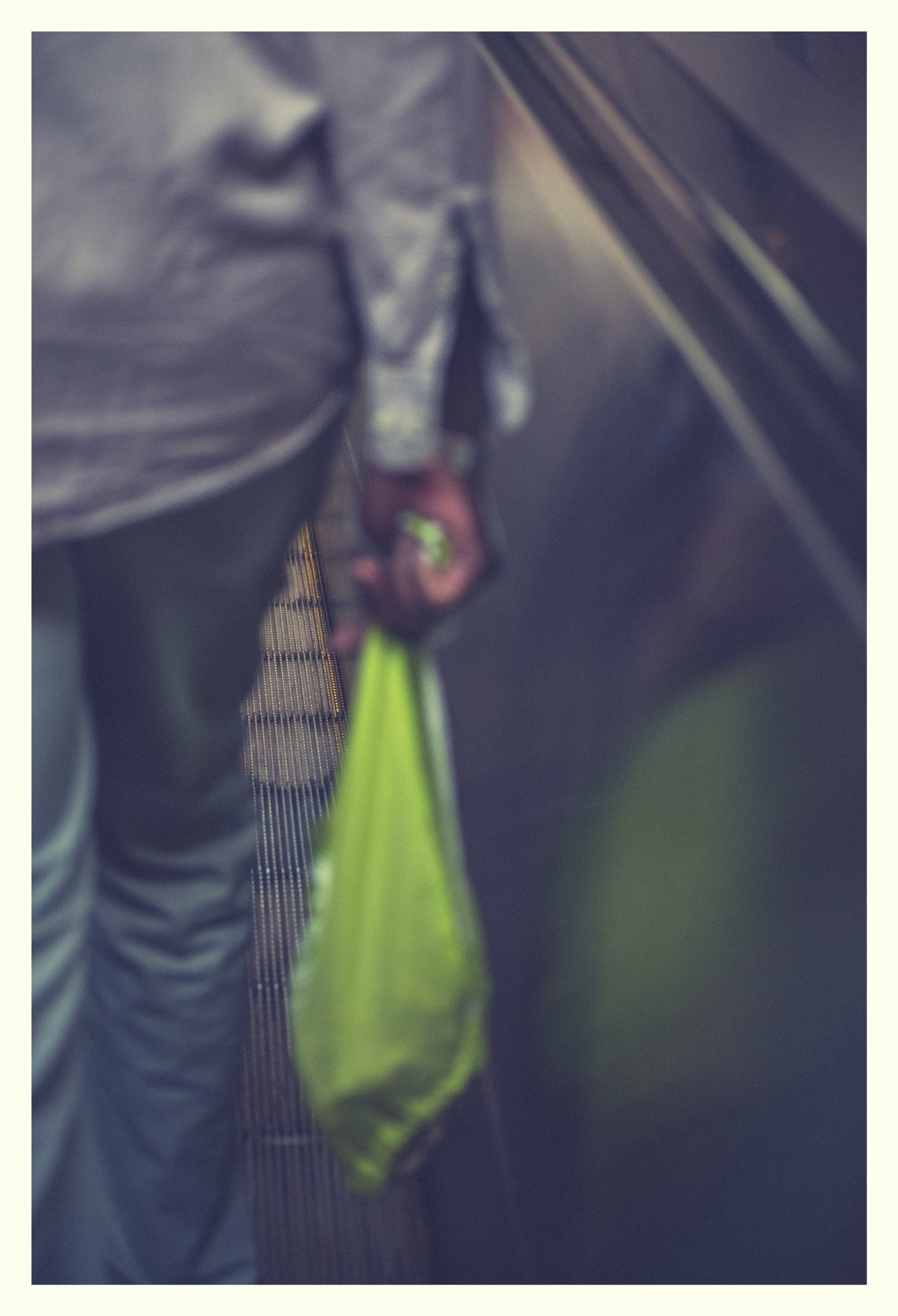 What’s in the bag, where are you going, why do you need the thing in the bag …?
What’s in the bag, where are you going, why do you need the thing in the bag …?
Then there is the creative phase, where my ideas are drawn out. We create images in photography too. Images are planned, created and processed for presentation. The only difference is that my design work is dependent on feedback from users to constant improvement until the users are pleased with it. In photography this is usually not the case. The image is done when I am pleased with it. If other people like it that is fine, in they don’t then that is ok too.
For the the creation of an image I have to position myself to get the right crop and angle. Waiting for the right moment to appear. Making the image say something to the viewer. Every and each screen I design at work talks to the user; “I’m here to tell you that…” or “I’m here to allow you to do…”. The language we use in photography is less obvious or clear but still there is a language if you are willing to listen. The angle, crop, timing, exposure, lighting etc. all play an important role in the image and what it communicates. It is almost like performance art.
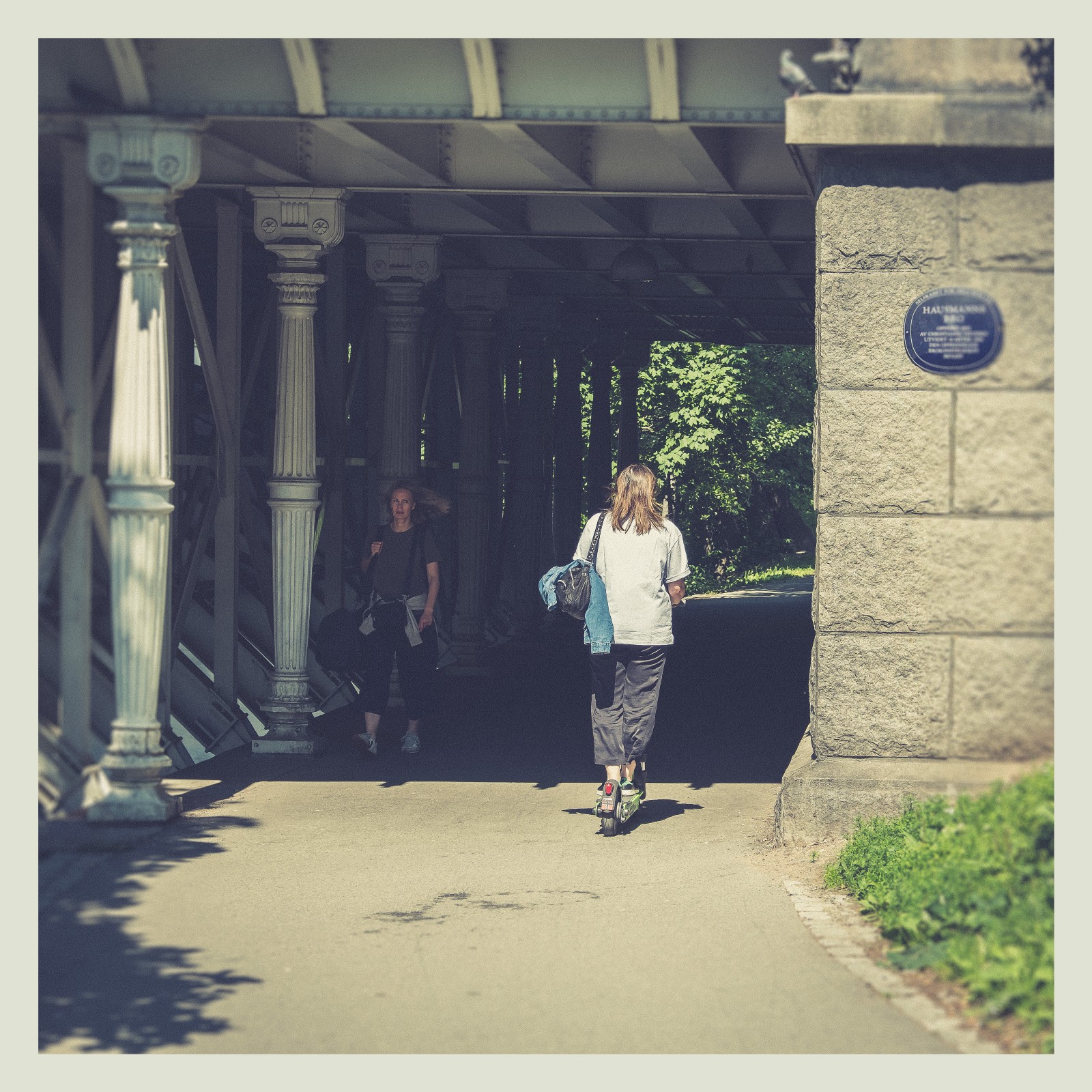 Dark becomes light, light becomes dark. Transitions created by movement and light.
Dark becomes light, light becomes dark. Transitions created by movement and light.
One of the most important thing in UX design is to understand not just the users, but what the users (are trying to) do. All these small tasks they do to get the job done are worth looking more into. These are good situations for us street photographers to use too. People that are behaving differently than others. In the myriads of people some always stand out. It gets my attention for one. And if it gets my attention then it is worth photographing.
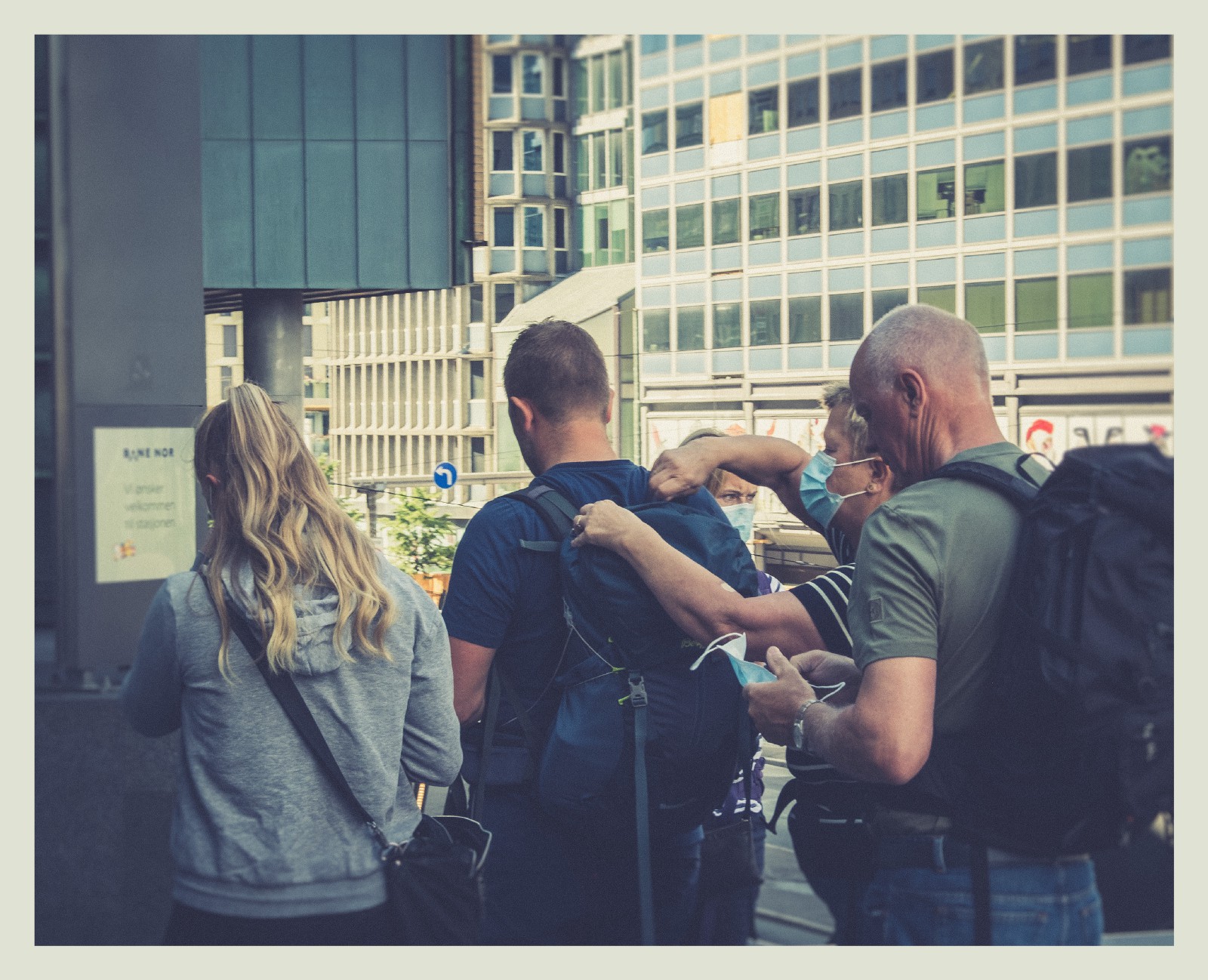 What are you guys up to? Who are you?
What are you guys up to? Who are you?
At some point in my journey to work I went from being preoccupied with the work-related thoughts and street photography to realising that I am about to meet people physically and socially — in real life (never liked the term “Keep social distance”, for me it has always been about keeping physical distance).
-----------------
The thought of spending the rest of the day with other people than my family kind of got me shivering and cold-sweating. Not just the “do we shake hands or hug?” or actually be able to see someones shoes while you talk to them. These things are just weird for a few passing moments.
I am talking about being physically and mentally part of a group. Visible all the time, vulnerable, unable to escape, expected to participate, social expectations, considerations. I was not sure how I would cope with this. Do I need to gradually get used to this again? How long will I last being social?
I must admit that me colleagues put every hesitation, reluctance or fear I had to shame. Such a including and welcoming group of people. I can see it elsewhere too, people are actually being nice and welcoming. It brings positive thoughts for the future as we open up, more and more.
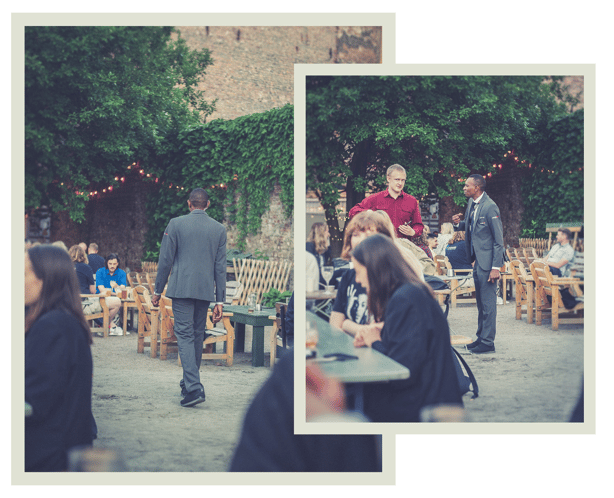 Even to toughest of security guards are happy to be addressed and talked to.
Even to toughest of security guards are happy to be addressed and talked to.
The smiles and inclusion of my colleagues makes it easier to start working from the office after the summer holidays. I do believe that everything will be ok — giving time.
I also believe that this year and some has changed us. Not necessarily for the worse. I think it will be easier to be clear and open about work related and personal preferences. People do their best when they are most relaxed, comfortable and healthy. Our employers will benefit from having us feeling like the best version of ourselves. In my line of business which is creative and innovative we perform best in settings outside the traditional cubicles and office landscape. The most important part of my work is talking to other people. No matter where, when and how. Issac Newton had his best work done under a tree in a garden. Archimedes had his epiphany whilst having a bath. The stories go anyway.
I also believe that we will more likely see into the persons in front of us and the journey they’ve had to get to where they are. A journey that perhaps hasn’t been the easiest, but still has made them to what and whom they are. It is important to get to know the people we are going to work with and be social with. So that we can accomplish something — together.
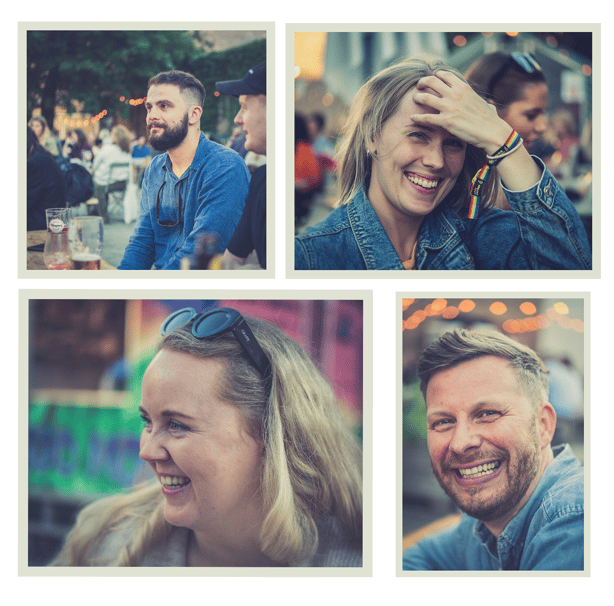
Thank you colleagues, for the smiles, laughs and conversations. I’ll be back.

